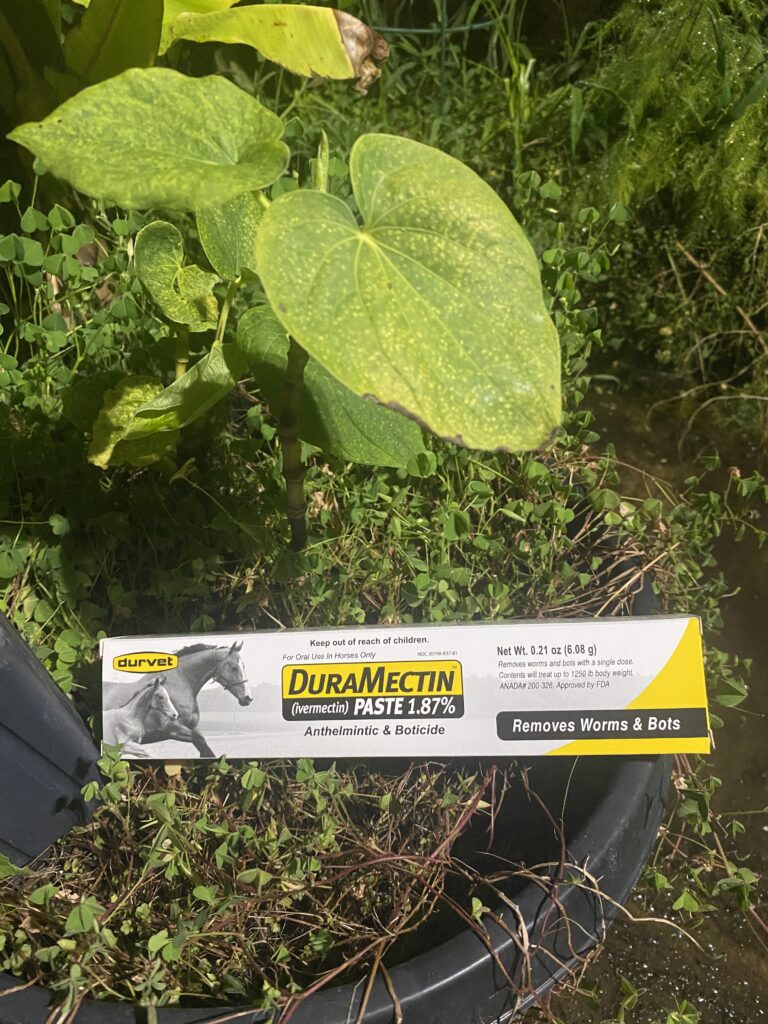Kava, is deeply embedded into the cultural fabric of the Pacific islands but it is facing a formidable adversary that threatens both its survival and the livelihoods of those who depend on its cultivation. No, its not Kali Kava™ growing in Florida and elsewhere. Its Cucumber Mosaic Virus (CMV), a highly destructive plant virus that is the primary cause of kava dieback across the Pacific region. This article delves into the intricate interplay between CMV and kava plants, explores its economic consequences, and discusses potential strategies for mitigating its impact including our own search for a cure.
Understanding Cucumber Mosaic Virus
Cucumber Mosaic Virus, a member of the Bromoviridae family, is notorious for its wide host range and ability to infect over 1,200 plant species. The virus is transmitted primarily by aphids, which feed on infected plants and then transmit the virus to healthy ones. CMV infects plants through their vascular systems, interfering with nutrient and water transport, photosynthesis, and overall plant health.
Kava Dieback: A Pacific Crisis
The ongoing plague of kava dieback, characterized by stunted growth, yellowing leaves, and decreased root quality, has raised alarm among communities that depend on kava cultivation for sustenance and income.
Researchers have established a strong link between CMV and kava dieback. The virus disrupts the kava plants' ability to carry out essential physiological processes, leading to a decline in root quality and overall plant health. The debilitating symptoms caused by CMV have resulted in significant yield losses and, in some cases, complete crop failures. As kava is a vital cash crop for many Pacific island nations, the consequences are far-reaching and multifaceted.
Economic Impact of Kava Dieback
The economic impact of CMV-induced kava dieback is profound, reverberating across multiple sectors of the Pacific island economies:
- Livelihoods: Small-scale farmers heavily rely on kava cultivation to support their families. With decreased yields and poor root quality, their incomes are directly affected, leading to reduced access to basic necessities and an increased risk of poverty.
- Cultural Heritage: Kava is more than just a crop; it holds immense cultural significance in ceremonies, rituals, and social gatherings. The decline in kava quality threatens the authenticity of these traditions, potentially eroding the cultural fabric of Pacific societies.
- International Trade: Kava export is a crucial revenue stream for many Pacific island nations. However, CMV-induced dieback has led to decreased production and lower-quality kava, damaging their reputation in the international market and reducing export revenues.
- Tourism: Kava-related tourism, which centers around traditional ceremonies and the consumption of the beverage, has been impacted. The decline in kava quality diminishes the appeal of these experiences, leading to potential declines in tourism revenues.
Mitigation Strategies
As of 2023 there is no cure for CMV only mitigation strategies. Addressing the economic impact of CMV-induced kava dieback requires a multi-pronged approach involving scientific research, community engagement, and policy initiatives:
- Research and Diagnosis: Developing efficient diagnostic tools and strategies to detect CMV infection early is crucial. This allows for swift action to isolate infected plants and prevent the spread of the virus.
- Resistant Varieties: Breeding kava varieties that are resistant or tolerant to CMV could mitigate the impact of the virus. Identifying naturally resistant kava strains and promoting their cultivation is a promising avenue.
- Vector Management: Controlling aphid populations through integrated pest management strategies can reduce CMV transmission. These methods include introducing natural predators, using reflective mulches, and promoting healthy agroecosystems.
- Community Education: Raising awareness about CMV, its symptoms, and prevention methods is essential. Equipping farmers with knowledge empowers them to take preventive measures and report outbreaks promptly.
- Trade Regulations: Implementing stringent regulations for kava exports, including mandatory virus testing, can safeguard international trade relationships and prevent the spread of CMV to other regions.
Kali Kava - Searching for the cure
We've been known to do some pretty outrageous privately funded experiments. Why are they privately funded? Well most of the time we'd get laughed out of a grant board room meeting for proposing totally insane ideas like altering the gene expression of kava so that it can grow in Florida, growing hydroponic kava since 2016, tissue culturing 20 varieties that are disease resistant (including CMV) etc.. Grants are usually only given to "safe" projects like seeing what color the acetone turns ad nauseam, or spending a million dollars proving that kava is relaxing (again). With all of the money that has gone into various boring research projects by highly paid academics, why have things like CMV not been addressed which directly impact the farmer's ability to provide for their families? Well today we're embarking on that journey to experiment and see if we can alleviate this plague.


Above an unknown Kava varietiy obtained from Hawaii that appears to be either Red Samoan Kava or Borogu.
We have an unknown variety from Hawaii which looks to be either Samoan Red Kava or Borogu. The plant is clearly infected with CMV and we're going to begin experimenting with various agents to try to cure the plant. We will start with Ivermectin. If it kills covid, worms, and other parasites, perhaps it can kill CMV. Let's find out.
First we clear out everything surrounding the stems:


 Now we add enough ivermectin for a 200lb Horse and mix it with 5oz of water. Tastes like apples, yum!
Now we add enough ivermectin for a 200lb Horse and mix it with 5oz of water. Tastes like apples, yum!

Now, we accidentally break the plant trying to film the process and have to split it into two pots!

We then sprayed the plants thoroughly and will continue to do so twice a week until the plants either die or are cured.
Thanks for reading. Stay tuned for some of our other open source ongoing experiments.


Leave a comment: